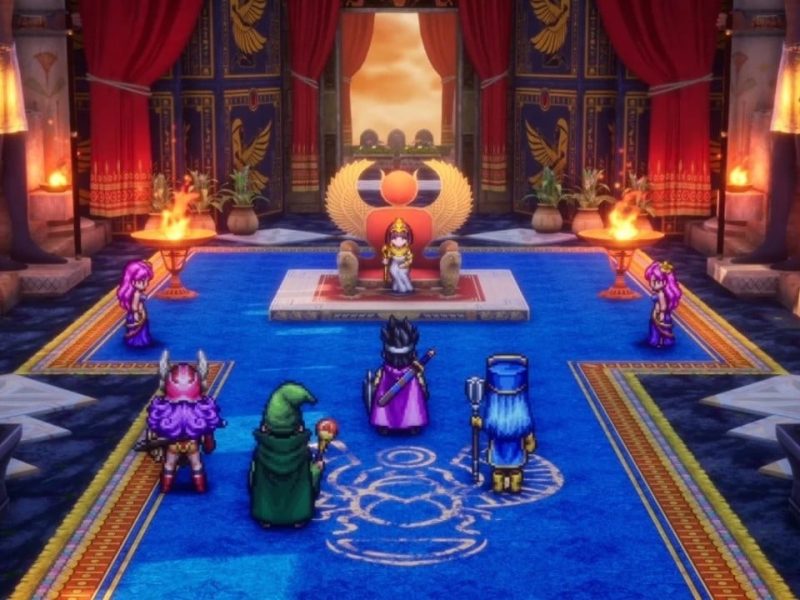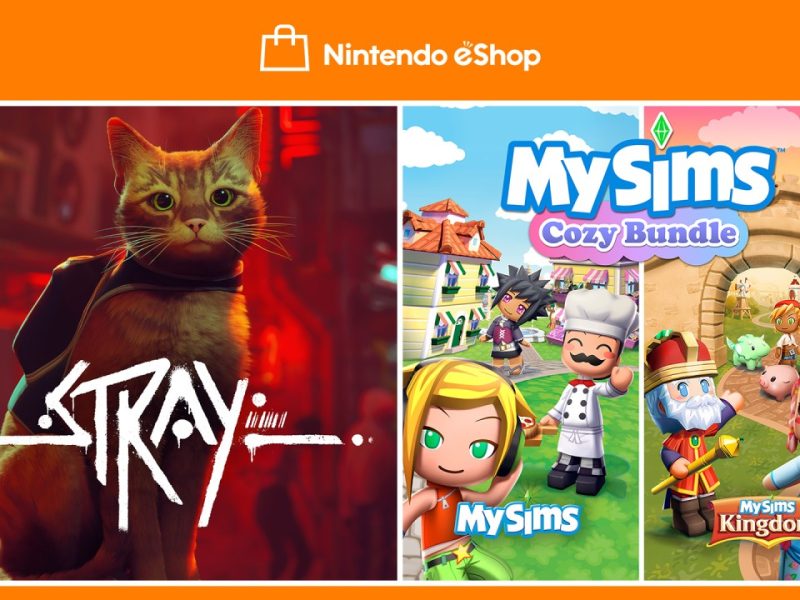It’s hard to review a game when it has something that doesn’t bother some players but is considered a dealbreaker for others. Disney Speedstorm is a particularly tricky course to navigate, then, because it has two of them.
Let’s get this out of the way first, then, so as to not waste some people’s time. If you’re the sort of person who won’t accept a karting game if it doesn’t run at 60fps, you should probably move on at this point, because you will not be happy with what you find here.
Likewise, if the thought of a live service game breaks you out in hives, we’d recommend pretending this review doesn’t exist and heading straight to the next article on this site, because if you can’t get along with seasons and grinding and all that malarkey you’re going to be left at the starting line with this one.
Still here? Still interested? Then let’s proceed. Disney Speedstorm is Gameloft’s attempt at entering the karting genre, and we mean a proper attempt (its long-dead mobile games Rayman Kart and Shrek Kart were pretty throwaway). The publisher is no stranger to racing games thanks to its long-running Asphalt series, but anyone who doesn’t get along with those games should rest assured this isn’t just Asphalt with a pair of Mickey Mouse ears slapped onto the hood.

The game’s handling is solid: a touch sensitive at times, but responsive with a brilliantly satisfying drifting system. If we were to compare it to another karting game we’d say it feels closest to the Sonic & Sega All-Stars / Team Sonic Racing series developed by Sega and Sumo Digital: certainly no bad thing, since some players (including this writer) would put that particular series second only to Mario Kart in the genre.
At launch there are 18 characters to choose from, covering eight different IPs. These range from the obvious (Mickey, Donald, and Goofy are of course in there) to the somewhat unexpected (such as Elizabeth Swann from Pirates of the Caribbean, Li Shang from Mulan, and Mowgli from The Jungle Book).
It’s an eclectic mix and one that bodes well for future updates, since it seems Gameloft isn’t willing to just play it safe and churn out the usual favourites: instead, it doesn’t seem afraid to go for some deep dives to keep Disney die-hards happy. Case in point: the most obscure launch character by far is Figment, the purple dragon who’s one of the mascots at Disney World’s Epcot Center.

The series represented most on day one is Monsters, Inc., of which there are four characters to choose from: Mike, Sulley, Randall, and Mike’s snake-haired girlfriend Celia. This isn’t down to any bizarre favouritism on the team’s part, it’s because the first of the game’s live service seasons is dedicated to Monsters, Inc. and presumably this means Randall and Celia are introduced as part of this. We expect future seasons, then, to focus on different IPs and add new characters (and hopefully tracks) for each one, in much the same way as Disney Dreamlight Valley adds a new bunch of characters every couple of months.
What makes us most excited about this potential isn’t just the promise of more familiar (and forgotten) faces, but the fact that Speedstorm ensures each character plays differently with the introduction of character classes and unique moves. Each character fits into one of four groups – Speedster, Brawler, Trickster, and Defender – each of which tweaks the racer’s stats according to that racing style, but also affects the way the game is played.
A Brawler racer, for example, will stun another racer if they dash into them, and can increase their boost bar quicker by attacking opponents. Meanwhile, a Defender will instead gain a shield if they dash into someone else, and can increase their boost bar quicker by racing in an opponent’s slipstream.

Add to this the fact that every character has their own selection of four power-ups taken from the eight available, as well as their own unique, individual power-up which they earn after they level up a bit, and it’s not an exaggeration to say each racer really does have a different feel, with each player almost certainly having their own favourite to suit their playing style.
The roster is interesting then, and the tracks are similarly fun, even though the number of environments at launch is a little on the limited side. Whether you’re racing through the Beast’s castle from Beauty and the Beast, ploughing through a Pirates of the Caribbean island, or entering a cinema screen and drifting along a Steamboat Willie-inspired track, it’s clear a lot of imagination has gone into making sure each course reflects its source material well. There are, alas, only nine environments on day one, though most of these have multiple circuits. The Hercules track, for example, has eight different course layouts.
Special mention must also go to the soundtrack: it will definitely be divisive but we absolutely adore how fearless it is. It’s a heavy dose of dance and electronic remixes of classic Disney themes and had us alternating between nodding our head to the beat and laughing out loud at how ridiculous the whole thing is. You haven’t heard anything until you’ve heard its heavy dubstep remix of The Bare Necessities. Yes, really.

So, it plays well, sounds brilliant and there’s clearly been a great deal of care and attention put into the characters and tracks. What’s the catch? This is where we go back to the start of the review and those two potential sticking points. First and foremost, at launch Disney Speedstorm runs pretty rough on Switch. Whereas other console versions hit a fairly solid 60fps, the Switch port aims for 30 and really struggles to maintain that at times, especially at the start of races when there are a lot of characters on-screen, power-ups going off, that sort of thing.
It’s not unplayable as a result in docked, but it’s certainly noticeable, and anyone used to the practically flawless 60fps of Mario Kart 8 Deluxe may initially struggle to adapt to a game that feels like it’s constantly straining. These performance woes extend to the main menus, which are sometimes quite clunky as they try to keep up, and the local split-screen multiplayer, which is limited to two players on Switch as opposed to four players on other consoles.
The racing is particularly bad in handheld, where the erratic frame rate is accompanied by a level of blurring that makes DOOM Eternal look like an eye test. As you can see by the handheld screens on this page, it really doesn’t look great at all and we’d go so far as to say that if you have a Switch Lite or otherwise plan on playing mainly in handheld mode, the whole thing is so badly optimised that you should probably hold fire and see if updates improve things. Consider this a strictly docked experience when it comes to what’s acceptable.

The other main issue – and one which is more a case of taste than tolerance – is the game’s heavy insistence on its live service model. Every element of the game is built around levelling up your characters with various collectibles and currencies gained by racing. There’s a basic Starter Circuit where players take on a series of races and unlock goodies along the way (and takes an hour or two to beat), and this is supported with more time-limited Season Tour events where you get a new series of single-player races each week the season is running.
Once these are ticked off, though, the only thing left to play at launch is the numerous Events that pop up each day and last a short while. These keep things varied each day, but they too serve mainly to help the player earn more upgrade items and currency so they can improve their existing characters and try to unlock new ones. Character unlocks, incidentally, use the Shard system so many free-to-play mobile games use, in which you have to collect a number of character ‘shards’ before you can earn them or increase their star ranking.
This is a game that could really do with a standard Mario Kart-style Grand Prix mode for people who just want to do some racing and can’t be bothered with the constant grinding and collecting. There is a Local Freeplay mode, which lets you do single races on any track with any character (even those you haven’t unlocked, which is a godsend for two-player split-screen), but there’s no incentive to do this because there’s no sense of progression there.

The other major area where Disney Speedstorm’s longevity may live or die depending on your tastes is its online multiplayer. The game offers both Ranked Multiplayer (which feels like it may become worryingly pay-to-win over time) and ‘Regulated Multiplayer’ (where everyone apparently has the same level of kart), each of which has its own progression system with more things to unlock. Ranked in particular has separate unlock paths for every character, meaning a large chunk of the game’s playtime could be found there if you’re into that sort of thing.
Since the game launched we’ve been able to find online races pretty quickly in both the Ranked and Regulated modes, mainly thanks to the fact Speedstorm is cross-play meaning players from other consoles are involved too. Naturally, though, the performance issues and handheld blurriness mean you’re still going to be at a disadvantage when playing against some others (we’ve also played the Xbox Series X version and it runs at a solid 60fps, making handling more responsive).
That said, fair play to Gameloft for at least ensuring full feature parity (the split-screen multiplayer aside), meaning that while the Switch may struggle to get things running smoothly at times – and it’s a real mess in handheld – the development team didn’t just ditch some modes and give Nintendo players a lesser experience in terms of options.


